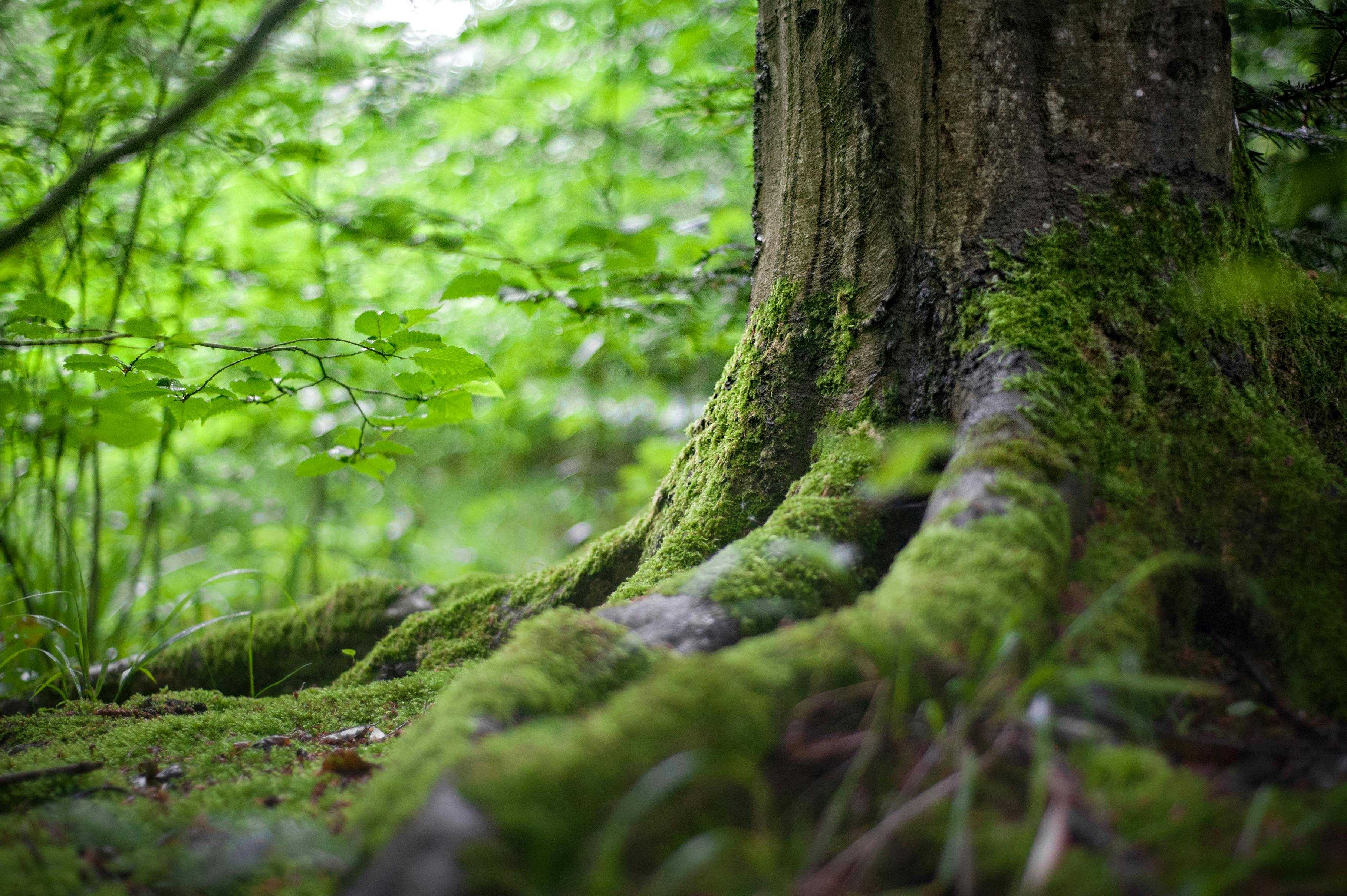"Unveiling the Health Potential of Forest Therapy"
Have you ever wondered why a walk in the woods feels so refreshing? The answer lies in the emerging field of forest therapy, a practice that harnesses the healing power of nature. This article delves into the science behind forest therapy, its benefits, and how you can incorporate it into your wellness routine.

The Roots of Forest Therapy
Forest therapy, also known as Shinrin-yoku or forest bathing, originated in Japan in the 1980s as a response to the increasing stress and health issues associated with urban living. The practice involves immersing oneself in a forest environment, engaging all five senses to absorb the healing elements of nature. Over the years, scientific research has begun to uncover the physiological and psychological benefits of this practice.
The Science Behind Forest Therapy
Research has shown that spending time in a forest environment can have significant health benefits. One of the key elements is the exposure to phytoncides, volatile organic compounds released by trees and plants. Studies have found that inhaling these compounds can boost the immune system by increasing the activity of natural killer cells, which play a crucial role in fighting off infections and cancer.
The Health Benefits of Forest Therapy
Beyond its immune-boosting properties, forest therapy has been linked to a range of other health benefits. These include reduced blood pressure, improved mood, increased energy levels, and better sleep quality. Moreover, forest therapy has been found to decrease levels of the stress hormone cortisol, suggesting its potential in managing stress-related conditions.
The Challenges and Credibility of Forest Therapy
While the benefits of forest therapy are promising, there are challenges in making it accessible to everyone, especially those living in urban environments. However, even small doses of nature, such as a city park, can offer similar benefits. As for its scientific credibility, while more research is needed, existing studies strongly support the health benefits of spending time in nature.
Practical Tips for Forest Therapy
- Start small: Even a short walk in a local park can be beneficial.
- Engage all senses: Listen to the birds, touch the bark of a tree, smell the leaves.
- Practice mindfulness: Be present and observe your surroundings without judgment.
- Make it a habit: Try to incorporate forest therapy into your regular routine.
Conclusion
Forest therapy offers a unique and scientifically-backed approach to enhancing health and well-being. By immersing ourselves in nature, we can tap into its healing power and reap numerous health benefits. So, why not give forest therapy a try? It could be the breath of fresh air your wellness routine needs.





